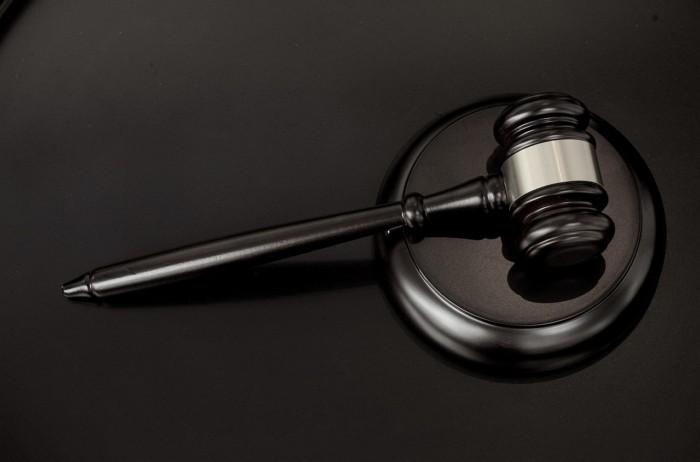
If you’ve suffered an injury and are considering legal action through a lawsuit, read on. The recovery process becomes even more difficult to manage when personal injury cases enter your life. The right information becomes crucial in such situations because of its importance.
Each year more than 400,000 personal injury claims get filed throughout the United States and most of these cases end up being tried in state courts. An understanding of the legal process becomes essential for those injured by someone else’s negligence to secure fair compensation.
This guide will show you each step of the personal injury lawsuit process from determining whether you have a case through the settlement procedure.
What You’ll Discover:
- What Qualifies as a Personal Injury Case
- When to Contact a Personal Injury Attorney
- Understanding the Personal Injury Lawsuit Process
- How to Gather Evidence for Your Case
- Compensation Types in Personal Injury Cases
- Settlement vs. Trial: Weighing Your Options
- Time Limitations for Filing Your Lawsuit
What Qualifies as a Personal Injury Case
Personal injury law encompasses multiple scenarios where harm occurs because of another individual’s negligent or purposeful actions. Many everyday injury scenarios can be legally pursued even though not all injuries meet the criteria for a lawsuit.
In personal injury cases the essential requirement is showing that another party bears legal accountability for causing your injury. This could be through:
- Negligence describes when individuals do not exercise reasonable care and their lack of attention leads to harm such as distracted drivers causing accidents.
- Strict liability establishes responsibility for damages regardless of the person’s intent which applies to cases involving defective products.
- Intentional harm – When someone deliberately causes injury
The most prevalent personal injury claims include incidents like car accidents, workplace injuries, and defective products.
- Car, truck, and motorcycle accidents
- Slip and fall incidents
- Medical malpractice
- Workplace injuries
- Defective products
Recent statistical data shows that poisoning incidents along with falls and motor vehicle accidents represented 86% of all deaths that could have been prevented in the year 2023. These injury categories make up a substantial number of personal injury cases that do not result in death.
When to Contact a Personal Injury Attorney
Think you might have a case? Professional advice at the beginning of your case can have a major impact on your outcome.
If you’ve been injured, consulting with a highly-rated personal injury attorney is often the best first step in protecting your rights. Experienced lawyers offer essential advice to help you determine the validity of your claim and next steps.
These situations require immediate legal consultation:
- Cases that involve serious injuries generally receive higher compensation amounts.
- Disputed liability means the situation where fault determination remains unclear.
- The insurer has rejected your claim or presented you with an inadequate settlement offer.
Personal injury lawyers usually operate on contingency fee arrangements, which means they receive payment only after winning their client’s case. Legal representation remains within reach for those struggling financially following an injury.
It is highly recommended that you reach out to a lawyer as soon as possible following your injury. Physical proof might vanish while witnesses forget details and strict time limits apply for filing legal claims. In 2023 approximately 62 million Americans required medical care for injuries that could have been prevented but failed to seek legal compensation they deserved.
Understanding the Personal Injury Lawsuit Process
The litigation process for personal injury claims requires multiple essential phases. Every personal injury case differs but knowing the basic timeline helps you understand future proceedings.
1. Initial Consultation
Lawyers generally offer their first consultation to potential clients without charging any fees. The attorney will assess your case details and explore potential legal options with you to decide whether filing a lawsuit is warranted.
2. Investigation
Your attorney will collect detailed information about your accident and injuries through medical records, accident reports, witness statements, and photographs.
3. Demand Letter
Your attorney might send a demand letter to the at-fault party’s insurance company to describe your injuries and request compensation before proceeding with a lawsuit.
4. Filing the Lawsuit
When a fair settlement offer fails to materialize your lawyer will move forward by filing a lawsuit through the submission of a case detail complaint to the court.
5. Discovery
All parties involved in litigation share evidence and information by submitting written questions, requesting documents, and conducting depositions.
6. Settlement Negotiation
Many cases settle during this phase. Since pre-trial settlements occur in 95% of personal injury lawsuits most cases never reach trial.
7. Trial and Collection
The trial phase will determine your case verdict through a judge or jury’s decision if you and the opposing party fail to settle. The court victory enables you to obtain your compensation payment.
How to Gather Evidence for Your Case
Any successful personal injury claim depends entirely on strong evidence as its foundational element. Your claim becomes stronger when you provide more documentation.
Here’s what to collect:
Medical Evidence
- Medical records and bills
- Doctor’s notes about your injuries
- Treatment plans and medications
Accident Evidence
- Police or incident reports
- Documentation of your injuries and photographs of the accident scene are essential pieces of evidence.
- Damaged personal property
Witness Information
- Contact details for all witnesses
- Written or recorded statements
As soon as you sustain your injury you should begin to collect this evidence. Fresh evidence will be stronger and more convincing. Your attorney will assist you in determining which evidence holds the greatest importance for your individual case.
Compensation Types in Personal Injury Cases
Several types of compensation may be available to you when you file a personal injury lawsuit.
Economic Damages
These cover tangible financial losses, including:
- Medical expenses – Both current and future costs
- Lost income – Wages lost while recovering
- Property damage refers to the expenses required to fix or replace damaged belongings.
Non-Economic Damages
These compensate for intangible losses:
- The physical pain that victims experience due to their injuries is considered pain and suffering.
- Emotional distress – Psychological impact
- Loss of enjoyment refers to the inability to participate in activities that you once found pleasurable.
The plaintiff wins over 90% of personal injury trials however compensation amounts fluctuate depending on injury severity, evidence quality, and jurisdiction.
Settlement vs. Trial: Weighing Your Options
The most significant decision you need to make is choosing between accepting a settlement or proceeding to trial.
Settlement Benefits:
- Settlement promises definite compensation without the chance of losing at trial
- Faster resolution – Typically months instead of years
- Lower legal costs – Avoid expensive trial preparation
Trial Benefits:
- Potentially higher compensation – Juries may award more
- Public accountability – Defendant’s actions become public record
Your lawyer must advise you after evaluating the strength of your evidence and weighing the clarity of liability and presented settlement value.
Time Limitations for Filing Your Lawsuit
A “statute of limitations” establishes a legal deadline that all personal injury cases must adhere to for filing lawsuits. If you fail to meet this deadline you will forfeit your ability to pursue compensation.
Personal injury statute of limitations periods extend between 1-6 years across most states while 2 years serves as the standard duration for many regions. However, special circumstances may apply:
- Filing claims against government entities requires that you submit notice between 60 and 180 days from the incident.
- Medical malpractice – May have different timelines
- The statute of limitations for minor victims begins when they become adults.
Schedule a meeting with your lawyer immediately following your injury to avoid missing important filing deadlines.
Getting It All Wrapped Up
The complexity of filing a personal injury lawsuit becomes easier to handle when you learn how the process works. The legal system utilizes well-established procedures to assist victims because nearly 400,000 personal injury claims are filed each year.
Remember these key points:
- Take swift action to safeguard evidence and adhere to important deadlines.
- Document everything related to your injury
- Consult with an experienced personal injury attorney
- Learn about the financial recovery you could receive for your personal injury claim.
Most legal cases reach a settlement before trial but a skilled lawyer’s presence ensures your rights remain safeguarded during the entire process. The right legal support allows you to prioritize your recovery.

